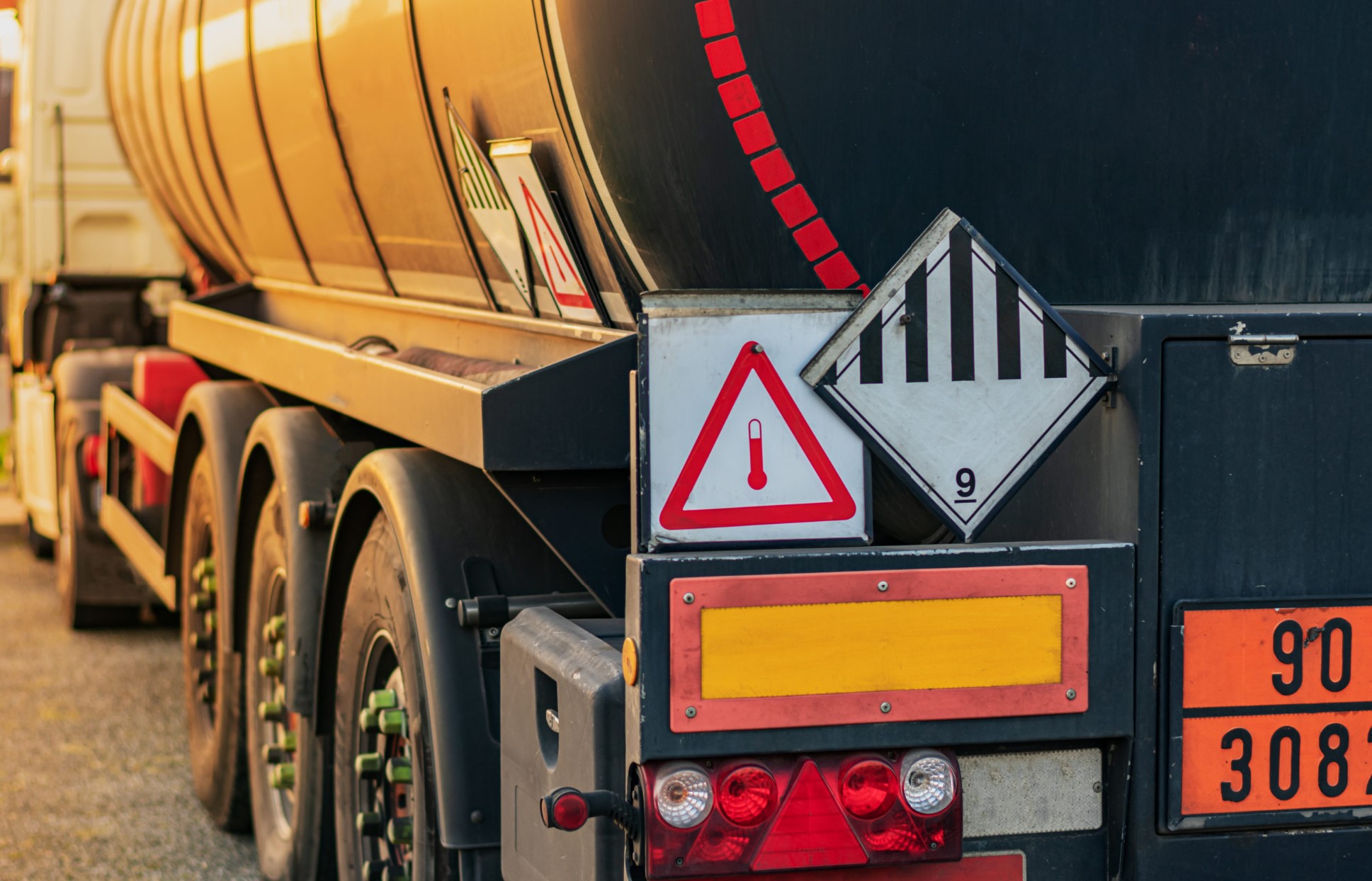———————————————
In the world of global trade, the transportation of dangerous goods (Dangerous Goods or DG) holds a special place. It is not only a complex logistical process but also an area with a heightened level of responsibility, strict requirements, and significant risks. It involves the transport of materials and substances that may pose a threat to human health, the environment, or property if clearly defined standards are not followed—standards that the specialists at Dragon Logistics are ready to explain.
What are dangerous goods?
Dangerous goods are transported across many industries: chemical, oil, pharmaceutical, agricultural, food, military, and others. International logistics of such goods requires strict adherence to rules, as the smallest mistake or negligence can lead to catastrophic consequences. According to international classification, dangerous goods are substances or articles that may pose risks to health, safety, property, or the environment during transportation. They are divided into 9 classes according to the UN system:
- explosives;
- gases (compressed, liquefied, dissolved under pressure);
- flammable liquids;
- flammable solids, substances liable to spontaneous combustion, or substances which, in contact with water, emit flammable gases;
- oxidizing substances and organic peroxides;
- toxic and infectious substances;
- radioactive materials;
- corrosive substances.
Other hazardous substances and articles that pose a threat are also included in the classification.
International rules for transporting dangerous goods
International legislation strictly regulates the transportation of such goods without compromise. The main documents include:
- IMDG Code (for maritime transport);
- IATA DGR (for air transport);
- ADR (for road transport in Europe);
- RID (for rail transport);
- ICAO TI (International Civil Aviation Organization).
These documents set requirements for packaging, labeling, documentation, transport and personnel authorization, as well as training requirements for those involved in the process.
Key rules for transporting DG:
- correct identification of the substance: every shipment must have its UN number, official name, and hazard class;
- packaging — must be certified and meet the hazard level;
- marking and labeling — each unit must bear appropriate signs, pictograms, and inscriptions;
- accompanying documentation — includes the shipper’s declaration, safety certificates, and emergency instructions;
- special transport conditions — some goods require temperature control, isolation, or ventilation.
Personnel training is also crucial — drivers, forwarders, and loaders must have certified training in handling DG.
Risks of transporting dangerous goods
Transporting dangerous goods is associated with numerous risks, which may arise both during loading and throughout the route. The main risks include:
- physical and chemical risks — explosions, fires, leaks, or reactions with other substances may cause accidents, fires, poisoning, or environmental disasters;
- human factor — failure to follow instructions, documentation errors, improper packaging, or violation of transport rules can lead to fatal consequences;
- customs and legal risks — inaccurate or incomplete documents can result in shipment delays, fines, or even criminal liability;
- security risks in conflict zones or politically unstable regions — on international routes passing through conflict areas, transporting dangerous goods can be especially critical.
Environmental consequences are also among the risks. In case of accidents, loss of control over chemical or biological substances can lead to contamination of air, soil, or water, causing long-term damage to the environment.
The role of the logistics company in safe transportation
A professional logistics company plays a key role in ensuring the safety and legality of international dangerous goods transportation. The efficiency of the transport depends on its experience and technological capabilities.
A reliable company must have licenses and permits to work with DG, possess its own or certified transport, provide appropriate personnel training, and have experience handling various hazard classes. It must also guarantee continuous route monitoring, control of temperature and physical conditions, and be able to respond promptly to unforeseen situations (e.g., route changes due to military actions or weather conditions).
This is exactly what our experienced and certified logistics company Dragon Logistics offers. Cooperation with us is not just a convenience but a critically important condition for safe transportation. In international freight transport, details make all the difference.
